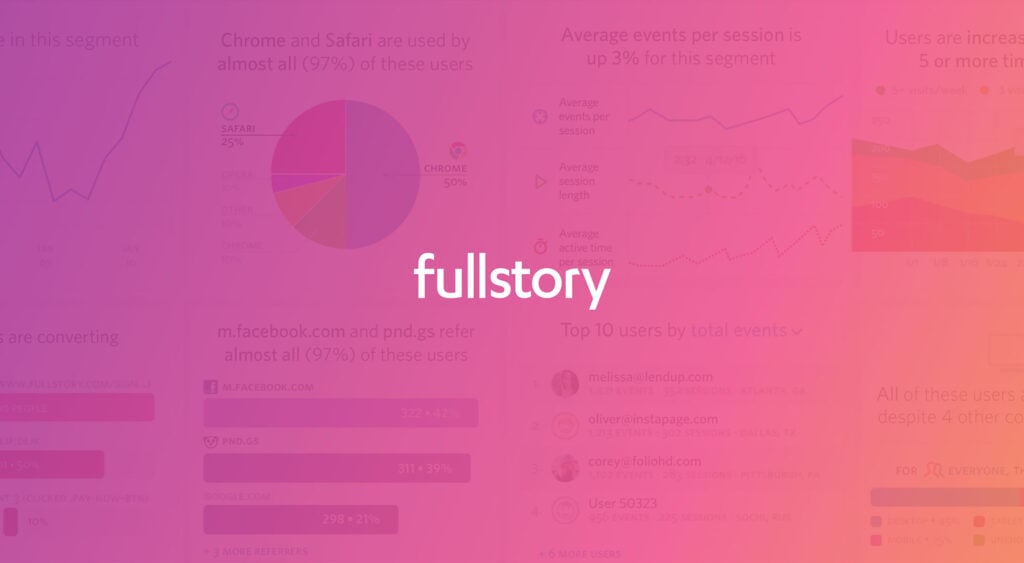7 Top Plugins For WordPress (2025 updated)
Designers understand the importance of pushing boundaries while keeping user experience at the forefront. Yet, not every creative idea is easy to implement through a theme alone—or even with solid…

There are three kinds of lies: lies, damned lies, and statistics—often mis-attributed to Mark Twain, the anonymous quote sums up the truth about stats; they can be misunderstood. It’s not uncommon for a single fact about a web site to prove two different truths. Take your site’s bounce rate for example, a high bounce rate […]
There are three kinds of lies: lies, damned lies, and statistics—often mis-attributed to Mark Twain, the anonymous quote sums up the truth about stats; they can be misunderstood.
It’s not uncommon for a single fact about a web site to prove two different truths. Take your site’s bounce rate for example, a high bounce rate is bad because people are leaving your site immediately, and a high bounce rate is also good because people found what they wanted on your site immediately.
That’s why many analytics services worthless, by providing a simple statistical overview they can support multiple, conflicting, conclusions.
[pullquote]Measuring success…is key to…design[/pullquote]
But designers can’t evaluate their work without analysis. Measuring success (and failure) is key to iterative design, and ultimately the profitability of any design.
Which is why we’re so excited by the latest feature released by FullStory. FullStory is an analytics company, that provides intelligent insights into your users’ journey through your site. The latest version of the analytics service has two new features: Page Insights and Click Maps.
Click Maps are designed to show you, at a glance, exactly what elements of your site users are interacting with. What Page Insights adds to that knowledge is context, and a deeper understanding of what those statistics actually mean.
Page Insights answers questions like: What elements are most clicked on this page? Has changing our pricing affected how users behave? Where are our errors cropping up most often? Coupled with the path the user takes, Page Insights helps you understand why a user behaves the way they do.
One of the best things about Page Insights is that it’s beautiful to use. This might sound like an optional extra, but when stats are presented on a spreadsheet, they lose their meaning. Page Insights is a beautifully realised UI, which makes it a joy to use. And the x-ray style segue helps you stay on track following a user’s path. It’s a system that you’ll want to delve into.
Page Insights solves two particularly taxing problems: firstly, with single-page apps, you frequently have different states for a single URL—this can be due to something as simple as an offer being presented in a singular geographic region; secondly, you may have an overly-specific URL—this could be due to the user’s ID could be part of the URL. Other analytics providers fall foul of these issues, but Page Insights sales through.
If you’ve used analytics before, you’re probably used to the elongated setup process. Sometimes it seems like you can’t set up a page counter without four different JavaScript embeds and some manual database jiggery-pokery. But this is FullStory, so there’s no fancy setup. If you’re an existing pro customer, Page Insights is sitting waiting for you; if not, it’s included in the FullStory free trial, so you can demo it for yourself.
Good design is about solving problems, and FullStory’s new Page Insights feature helps you understand exactly what problems your users are having. A pleasure to use, and simple to understand, Page Insights quite simply makes you a better designer.
[– This is a sponsored post on behalf of FullStory –]